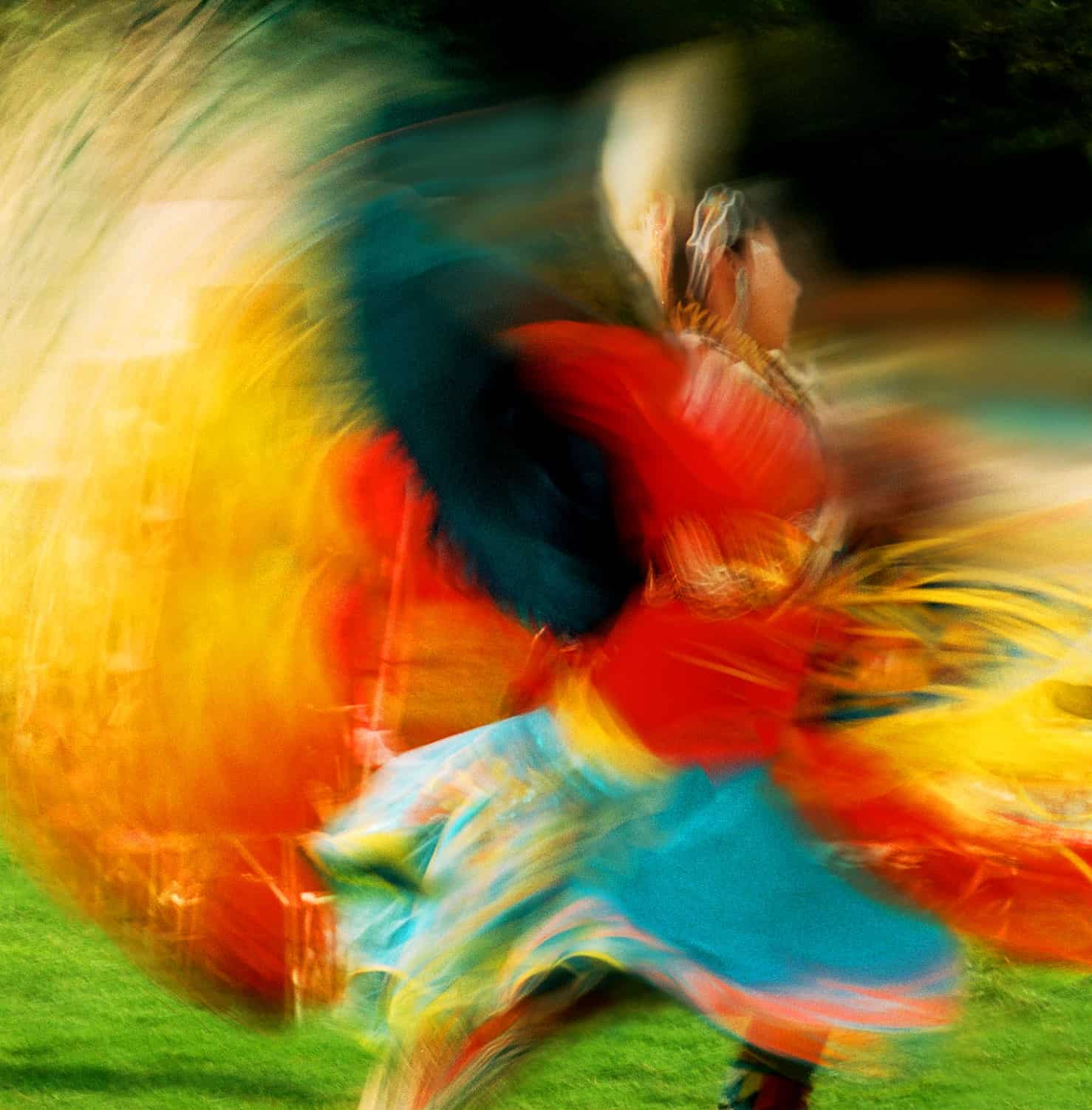

Final Jeopardy question:
“It’s the oldest public festival in North America”
Answer: What is the Indian PowWow!
Amazing. Who knew? In fact, Pow Wow gatherings have been around in one form or another for 300 plus years, and each spring, the American Indian nations welcome yet another season.
In current incarnation, the Pow Wow gatherings bring native peoples together all over the country in a moveable feast of dancing, (traditional and competition), singing, sharing meals and stories, and renewing friendships. To all tribes, it is a celebration of cultural solidarity and heritage—part spiritual solemnity, part theater, part socializing, but above all, a show of respect for each other and Mother Earth. The spirit of the Pow Wow is summed up in an Indian phrase “Ochiapo hokahey,” meaning “coming together” to give each other strength and friendship.
Every gathering has a similar structure: there is dancing all day, speeches, tribal news, honoring elders and veterans, gift giving, visiting among friends and relatives, browsing in the vendor/craft displays—Always a lot happening.
These ceremonies usually last through the afternoon, but come twilight, its time for the grand entrance. This is the part I like best. Often under spotlights, all the dancers enter the arena fully outfitted in colorful tribal regalia, and parade around once following the course of the sun. Dancers are accompanied by the pounding drums—called the “heartbeat of the people,” and rhythmic falsetto songs. The energy and grace of the women and the evocative warrior and hunting dances of the men are a stirring preview of the evening’s program. Even in this “trailer” everything has meaning: every step, every beat, every detail on dresses or leggings down to threads in fringe and tassels. It’s a kinetic whirl for all spectators.
But, it’s never easy to photograph. Space restrictions, light, angles, placement are often hard to come by. Not to mention serious etiquette to observe. But over time, (and after much trial and error) I have been able to catch a number of compelling images and along the way, learned much of history and tradition of our First Americans.
Here are a few shots: The women are all fancy shawl dancers, always a highlight of the program. In this dance they lightly turn and swirl in graceful circles mimicking the flight of a butterfly. The men are performing a men’s traditional (yellow regalia) and a Paiute hunter/ stalker dance (red).
© Copyright Kevin Flynn Burke Photography 2025